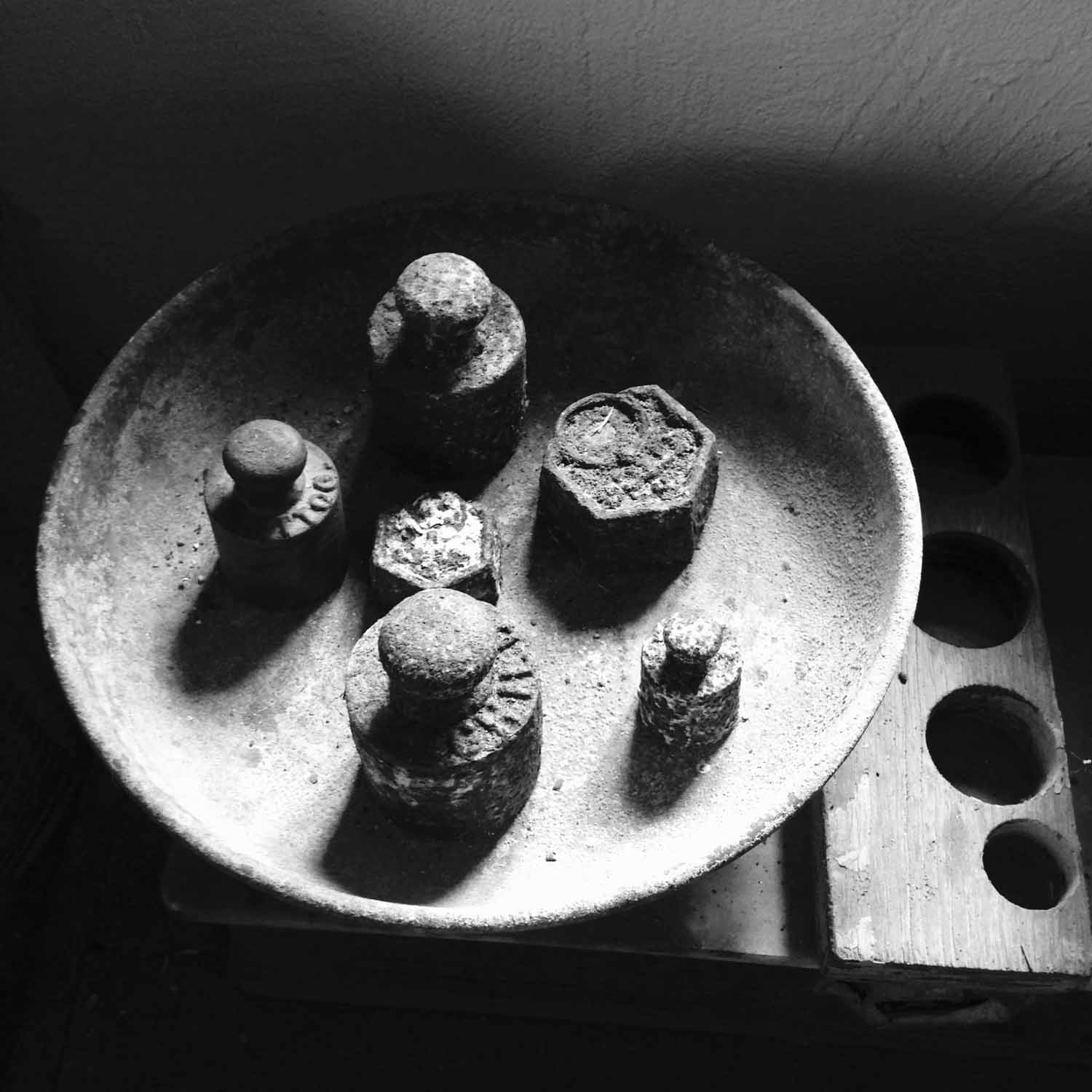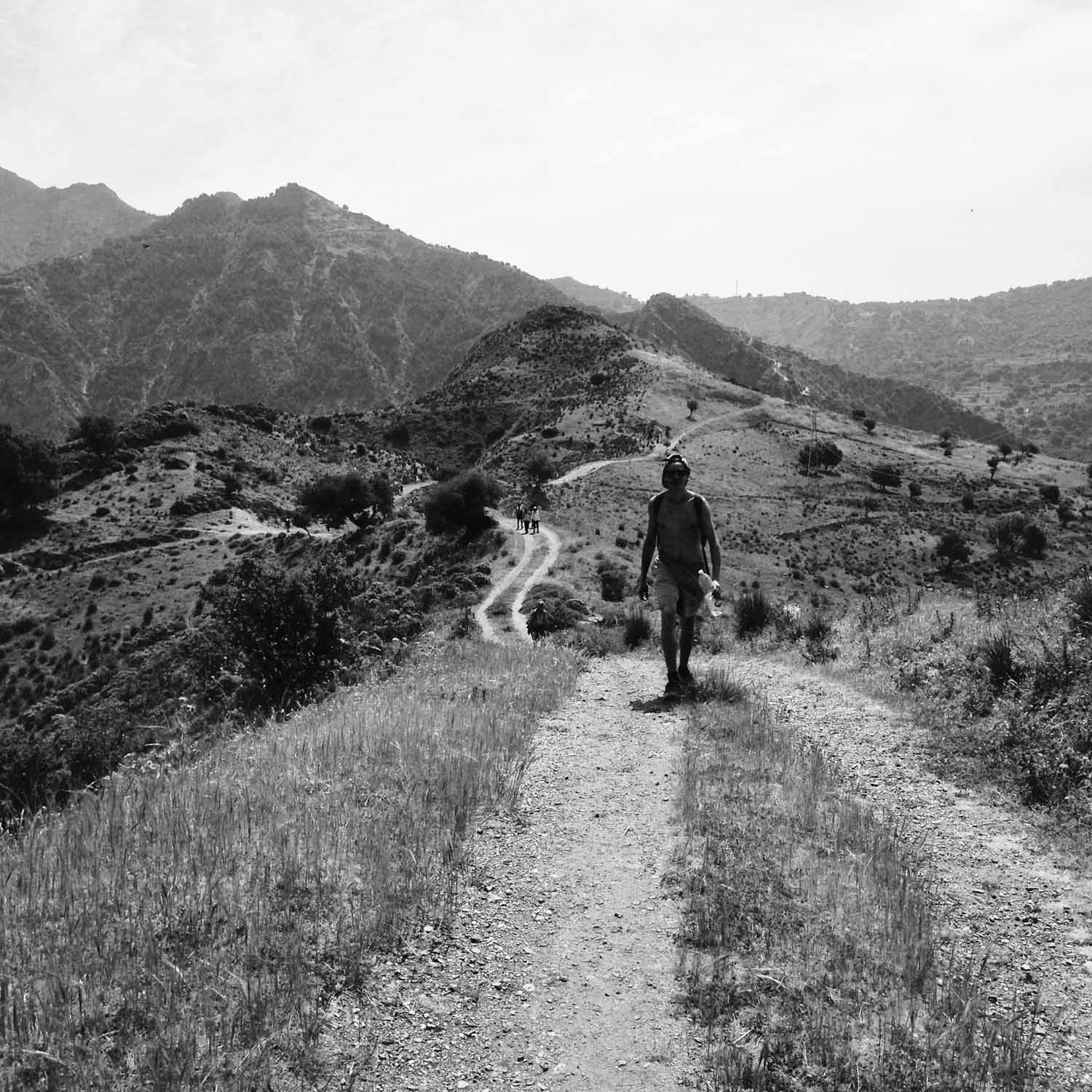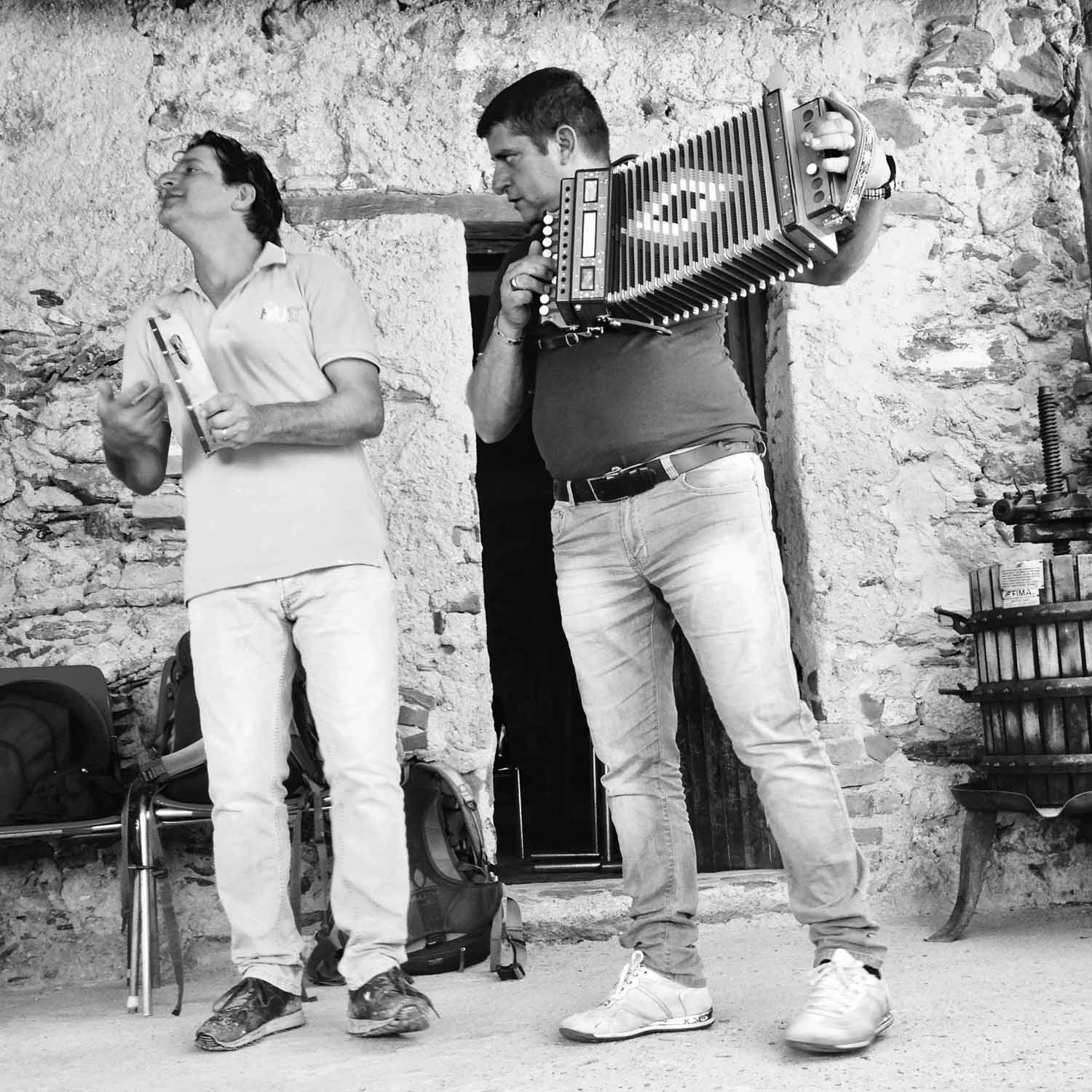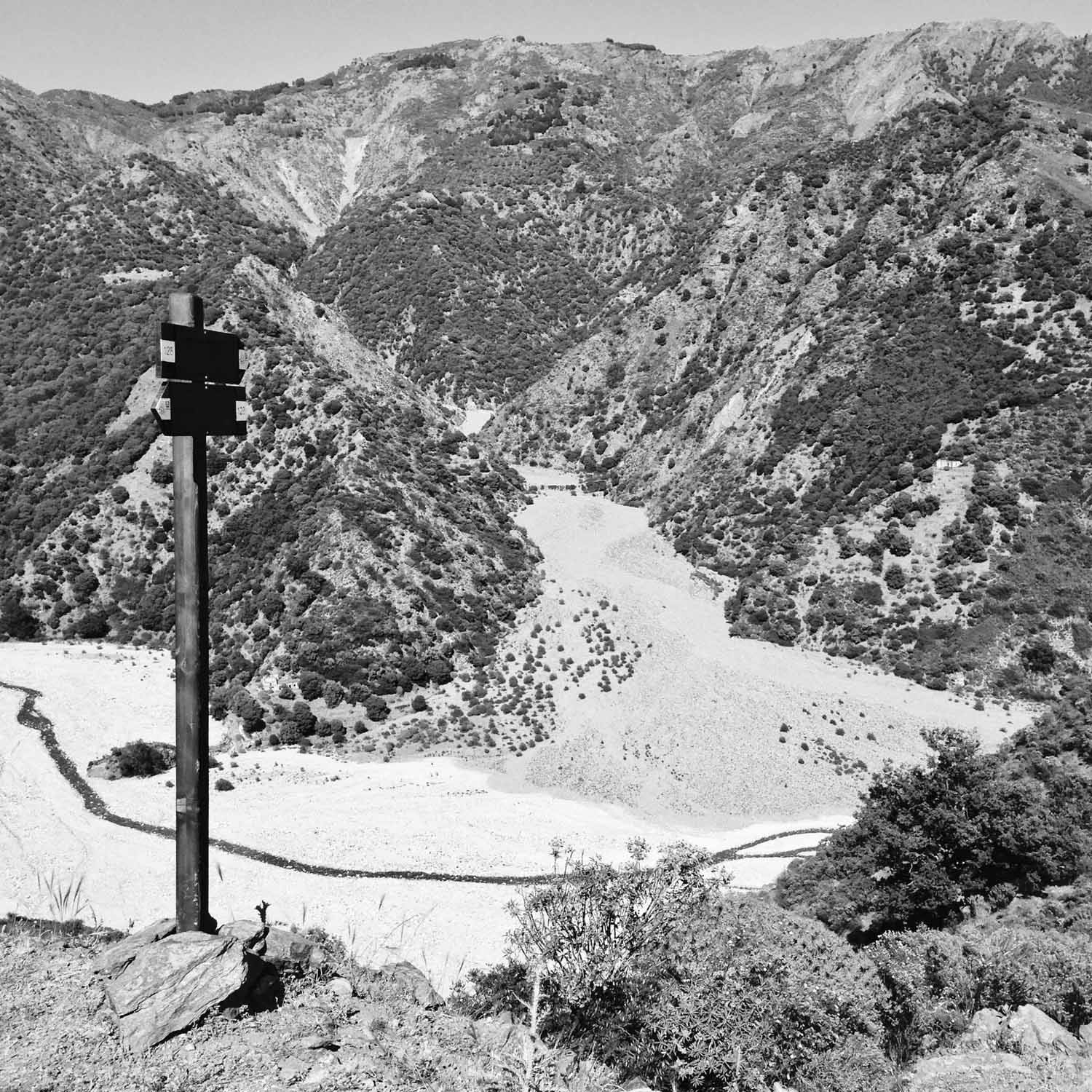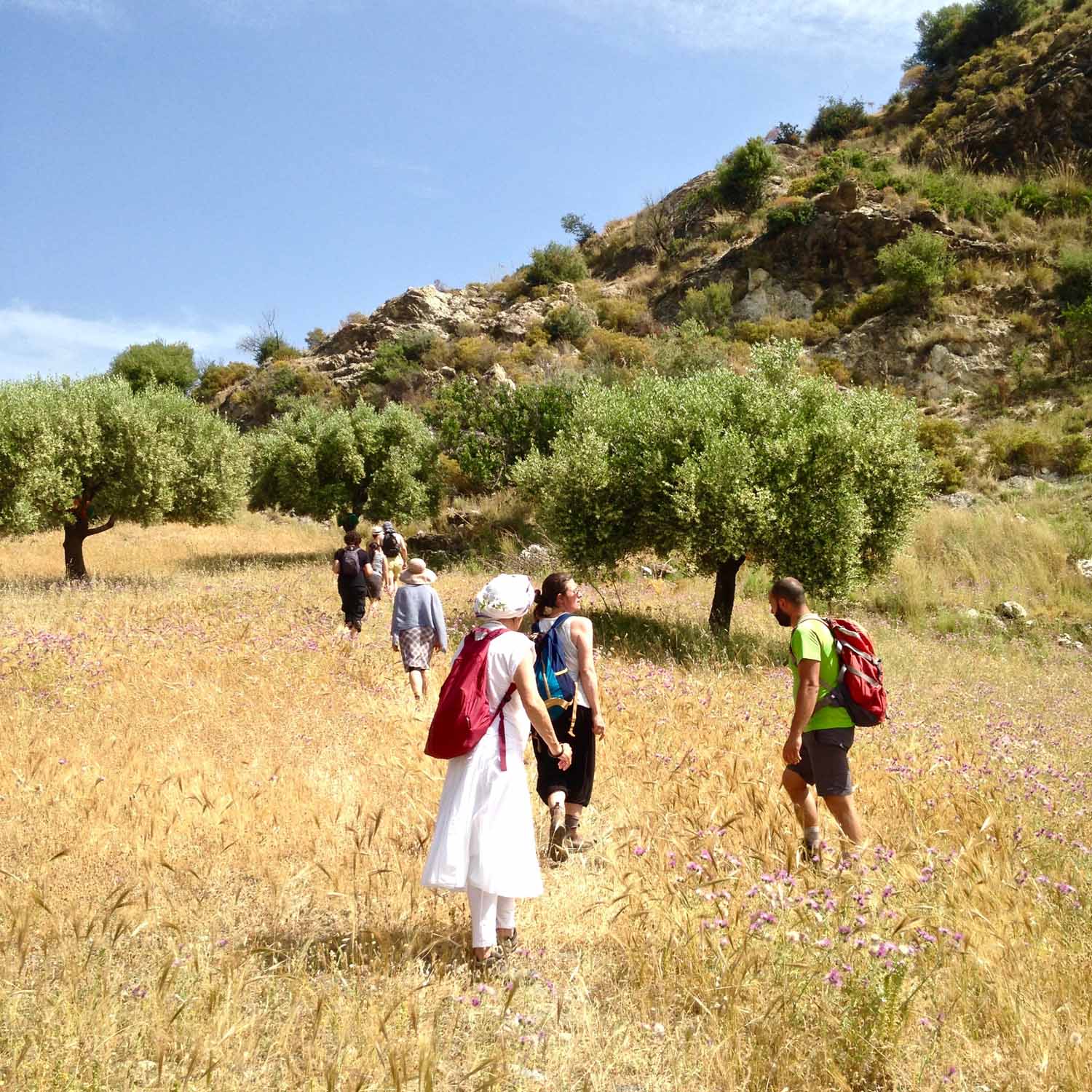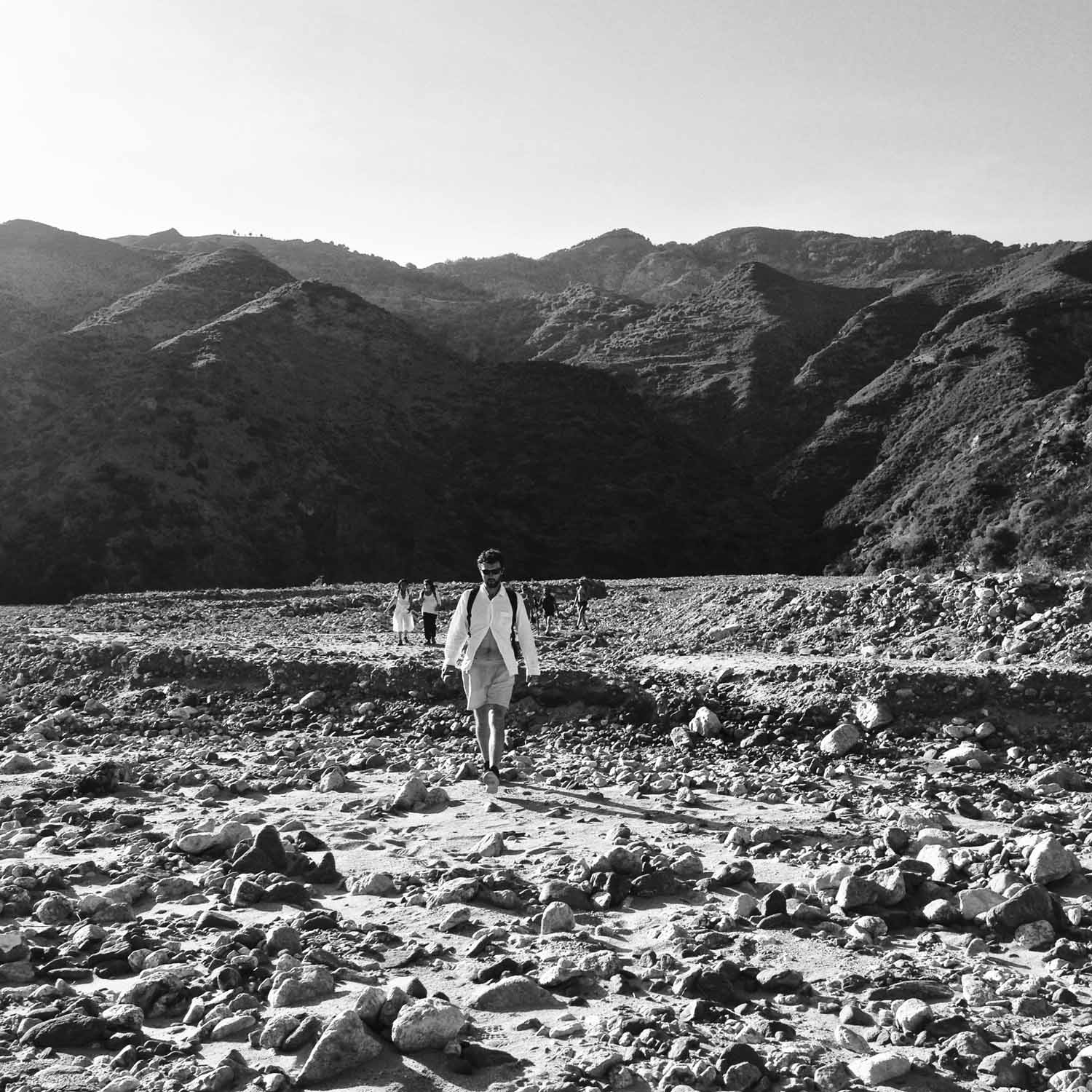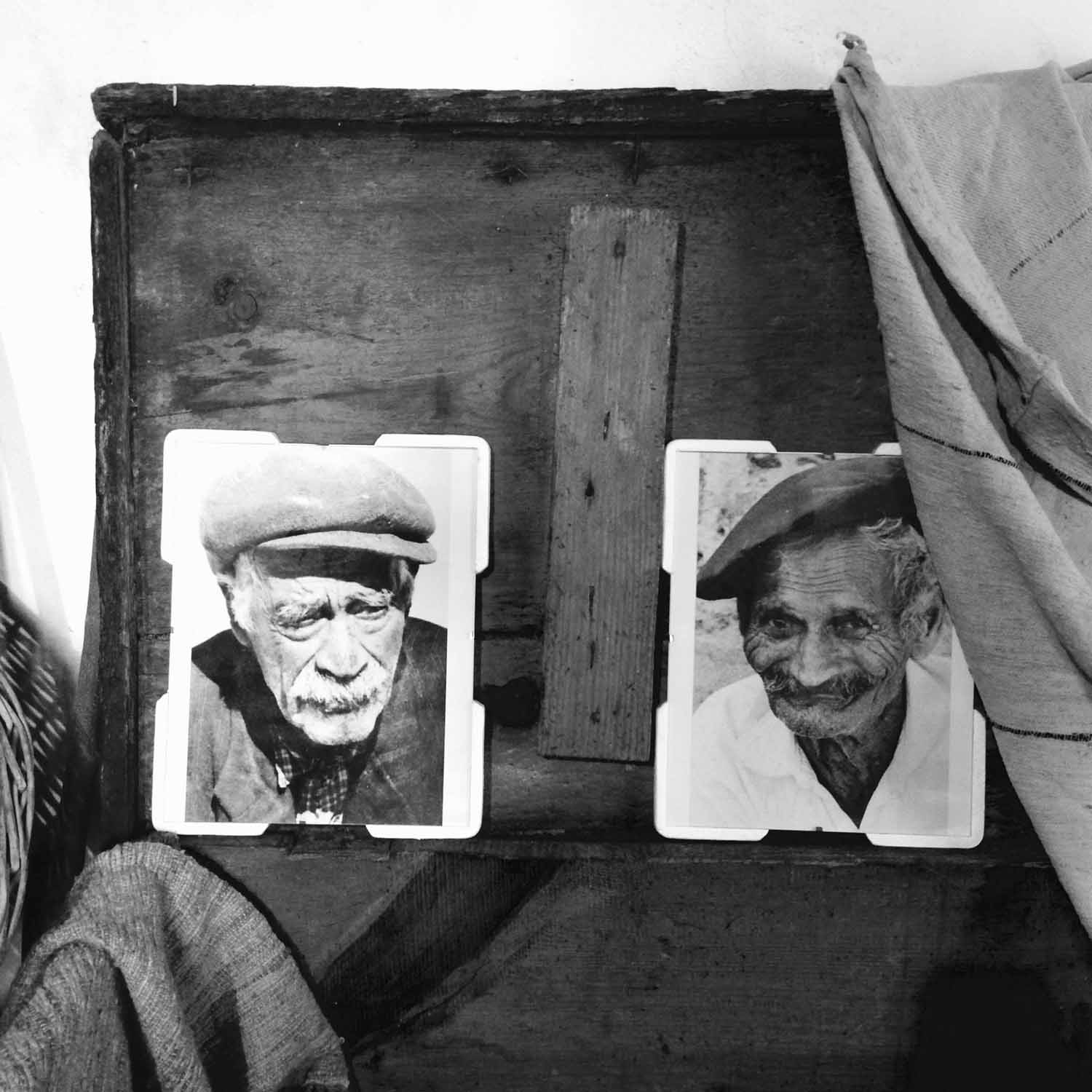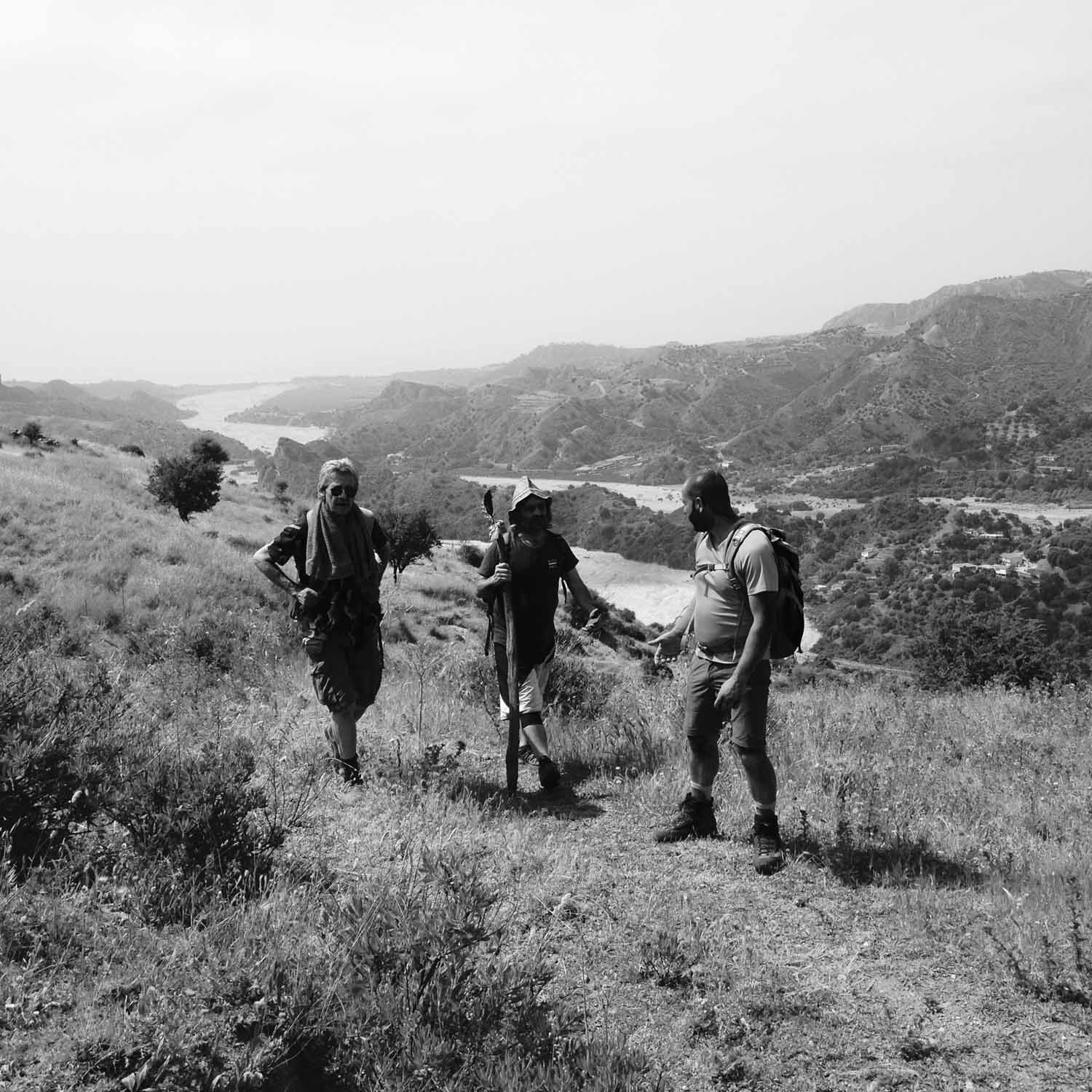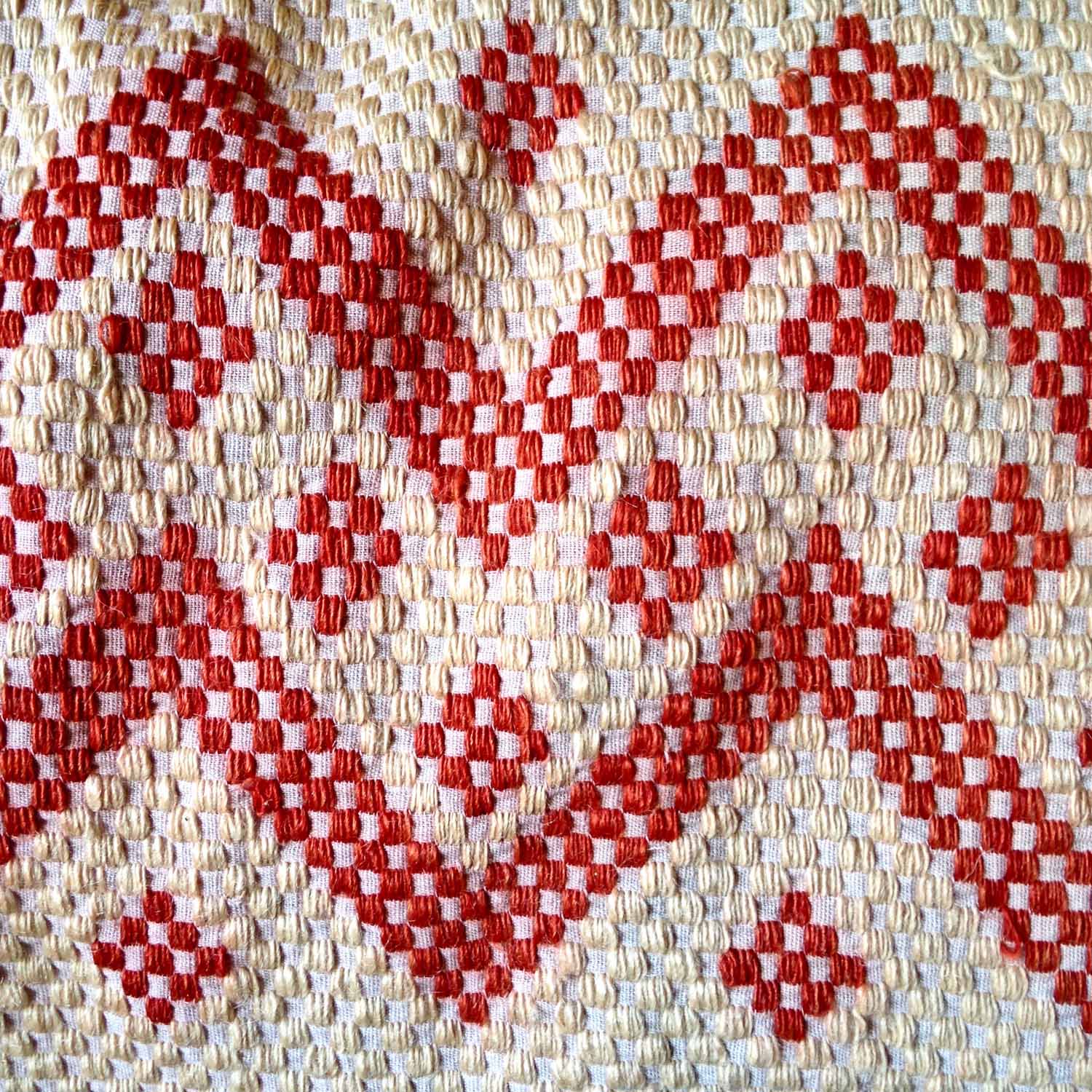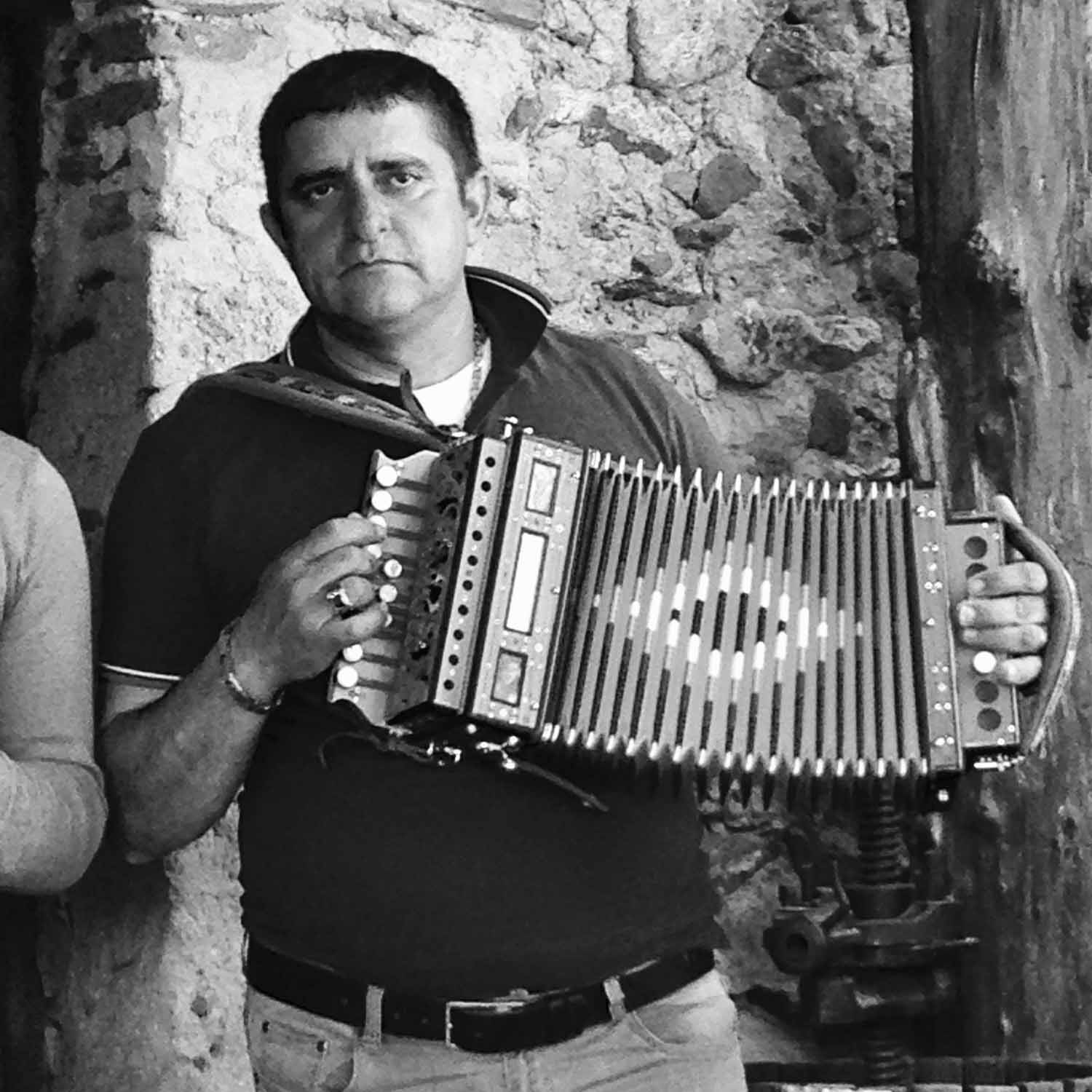A Calabro-Greek Trance
[Day 4]
by Rudston Steward
eople have been speaking Greek in Calabria for almost three thousand years, since the first colonies of what would come to be called Magna Graecia were established on its southern shores in the 8th Century BCE. Greek language and culture got a major boost from the 6th Century AD onwards—promoted by the Eastern Roman Emperor in Byzantium, keen to undermine his Latinate rival in Rome against whom he fought interminable wars. The Norman conquest of Reggio Calabria in 1059 finally put an end to Hellenic fortunes, kick-starting the slow decline of Greek civilization, still ongoing a thousand years later. And yet if you know where to look—in small isolated pockets such as the one we hike through over four days on our Aspromonte Safari—a distinct Greek-Calabrian identity is still very much alive and kicking in the region to this day.
Walking into the town of Galliciano on Day 4 of the trip—having crossed the knuckle-white boulders of the Amendolea river and scrambled up the flaxen Aspromonte foothills, their slopes dotted with broom and wild olives—is like landing out-of-the-blue on a parched Aegean hillside. The road signs are in Greek; kids shriek and tease each other in Greek; the church is Greek Orthodox; even the flags are Greek. The trattoria where we have lunch is a Greek taverna in disguise, complete with accordion-brandishing waiters and Calabro-Greek dances.
ON THE ROAD, ON FOOT, IN AN OVERLOOKED VILLAGE HANGING OFF A REMOTE MOUNTAINSIDE IN CALABRIA, THE SIGNAL COMES THROUGH CLEAR AS A SIREN’S SONG
I can never tell whether it’s because of the post-prandial pirouetting, the Greek Orthodox chanting wafting over from the church, or perhaps just the taverna’s pungent red wine, but our afternoon’s hike back to Amendolea inevitably feels like walking in a Calabro-Greek trance. Rather than retrace our steps we drop down steeply to the fiumara riverbed and then boulder-hop downstream. It’s an elemental landscape of stark contrasts: a wide white expanse of boulders, framed by pewter-dark hills, parched and brooding, under an impeccable cerulean sky. A glistening streak surges among the boulders: the river etching its jagged line into the bleached valley. We pass through a vale of oleanders, the crimson flowers gleaming like gaudy nuggets in a ghostly seam of white bedrock. Further on a cow sits in the sand, turning its head slowly as we trudge past, unflappable as a Stoic philosopher. When we finally step onto the shady terrace back at Ugo’s agriturismo in Amendolea it’s like coming down to earth, returning to Italy from some sort of otherworldly journey.
Sometimes travel opens up a window through which stories jettisoned in time come streaming back into the present. After all, places are composite, mysterious things: they contain myriad echoes, multitudinous histories, the murmur of untold peoples past, the shiver of spent dreams still trembling underfoot. It can be difficult to perceive—this murmur of ancient tongues, the whispered substratum of cultures upon which we daily tread—as we go about our busy modern lives at home. But on the road, on foot, in an overlooked village hanging off a remote mountainside in Calabria, the signal comes through clear as a siren’s song: and so you walk on, ears-opening, white-boulder-hopping, under a burnished Byzantine-blue sky—in a Calabro-Greek trance.

